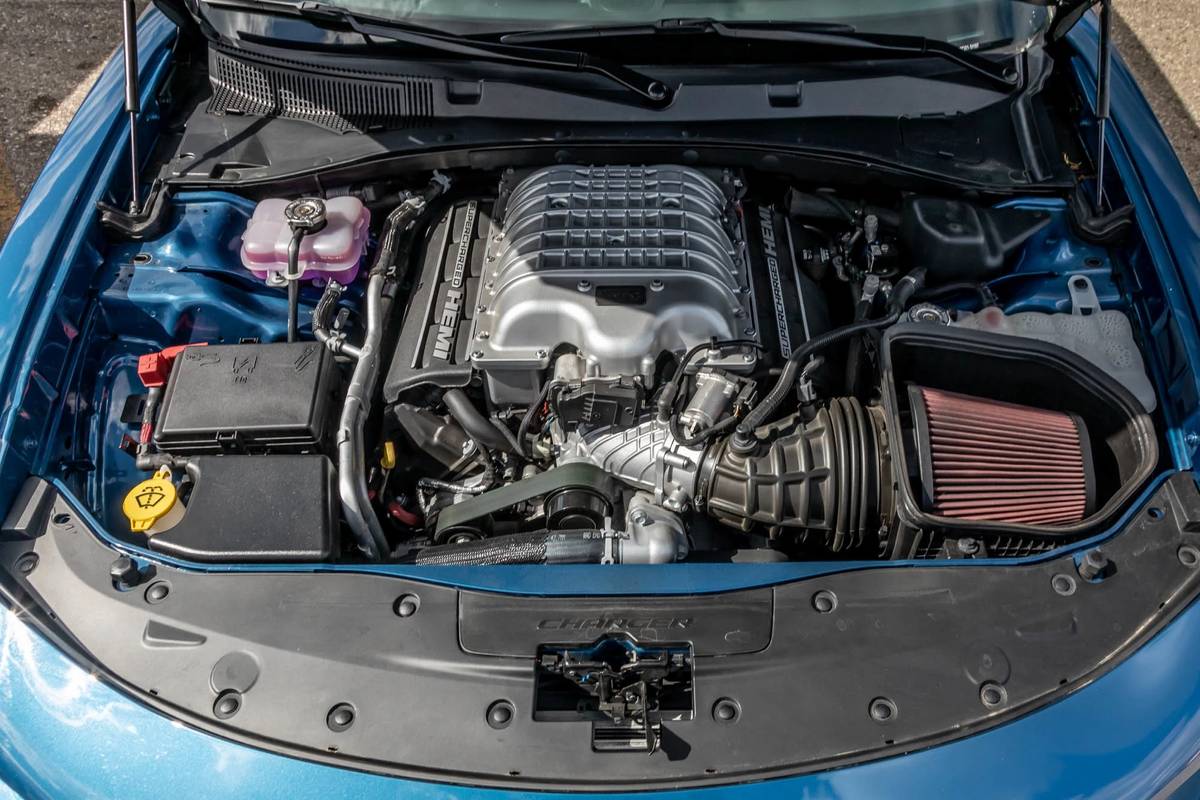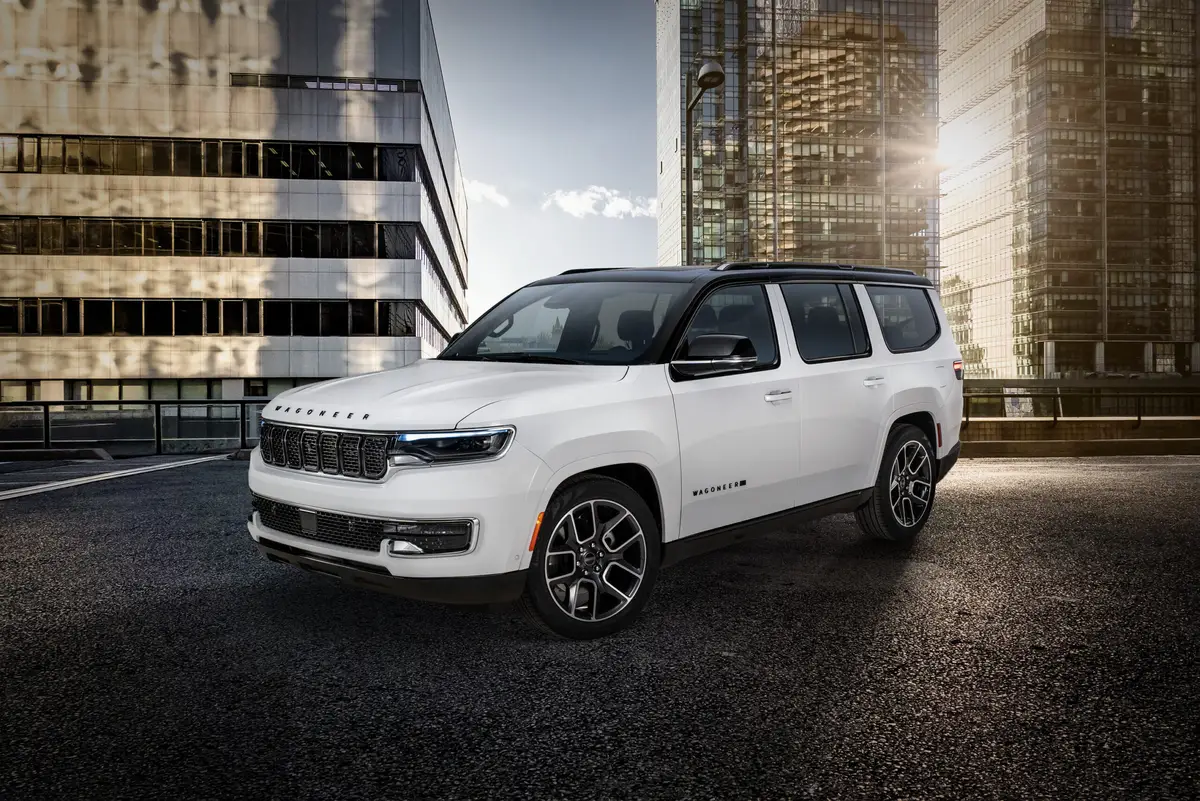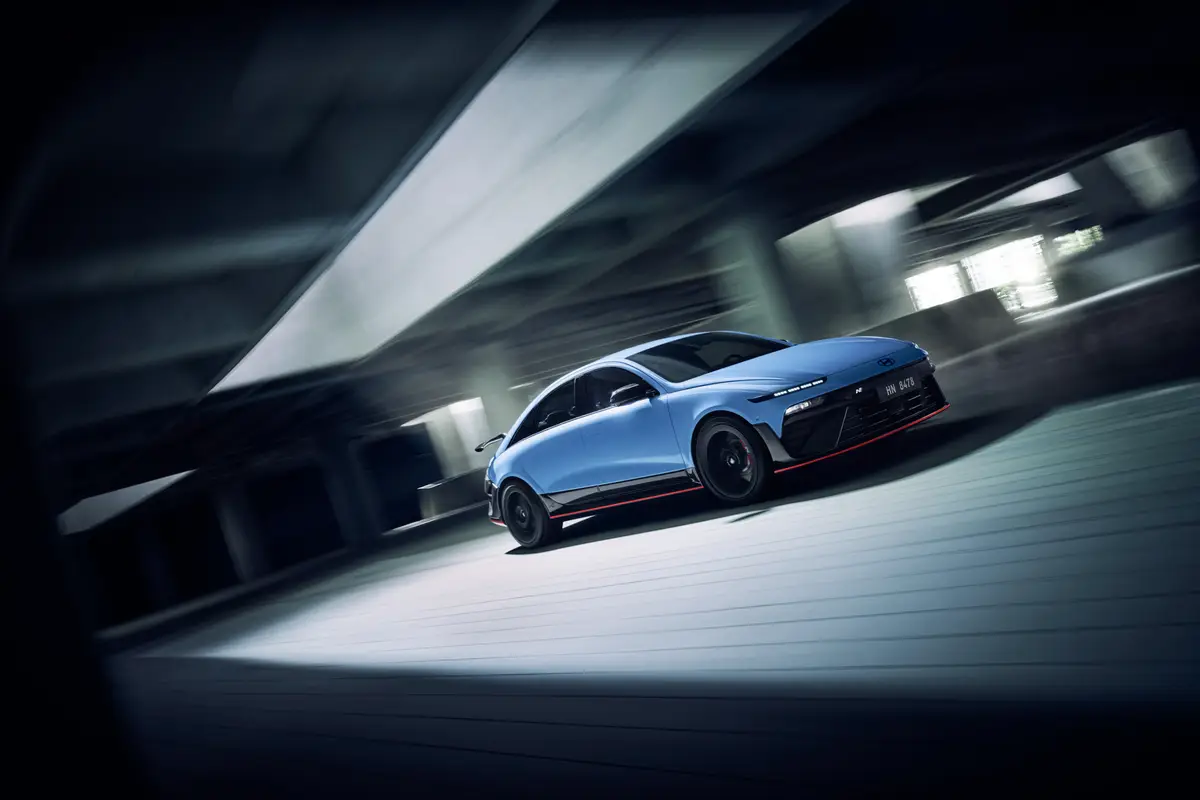chicagotribune.com's view
Mustang.
Ford’s pony car.
Ford’s image car.
Ford’s split personality car.
Over the years the pony performed like a Shetland when a 4-cylinder was slipped under the hood, but like a thoroughbred when it was a potent V-8 stuffed inside.
For the 1999 model year, Ford has performed cosmetic surgery on Mustang with decorative, though nonfunctional, hood and fender scoops and galloping horse logos. At a time when sheetmetal has gotten curvy, Mustang sports sharply chiseled lines. Bold without being brash.
But rather than promote the styling, Ford focuses on the sizzle and the fact that both the V-6 and V-8 engines get a power boost–a 40-h.p. increase (to 190 h.p.) in the 3.8-liter V-6 in the base Mustang; a 35-h.p. jump (to 260 h.p.) in the 16-valve, 4.6-liter V-8 in the GT; and along about April, a 15-h.p. boost (to 320 h.p.) in the 32-valve, 4.6-liter V-8 in the high-performance SVT Cobra rendition of the Mustang.
However, the power boost is only part of the story. The trouble with Mustang over the years has been that whenever Ford came up with an engine that made the sports coupe run like the devil, the darn thing would act like one, too. Just as with the Chevy Corvette, however, the folks over at Ford figured it was time to add a feature that’s been sadly lacking in Mustang over the years–a little finesse.
Mustang at times was a loose cannon. Hop in the saddle and hold on. It’s one thing to go fast, quite another to go fast while the suspension fights to keep the treads on the pavement and the occupants from bouncing all over the road. And the steering wheel typically had far too much play so that Mustang tended to wallow. When you pointed the wheel in any direction you had to wait a split second or two for the rest of the vehicle to get with the program and follow the command.
Thanks to suspension and steering refinements for 1999, Mustang is much more stable on both the straightaway and in corners and turns, especially with the 17-inch radials available on the GT (15-inch radials with the V-6, 16-inch with the GT unless you upgrade to the 17-inch).
Ride also is smoother thanks to an extra inch of rear suspension travel to eliminate much of the harshness when encountering imperfections in the road, making handling more predictable, steering more precise. And thanks to suspension and steering tweaks, turning radius has been reduced by 3 feet, which makes the car feel more nimble.
Best Mustang yet?
Yup.
Best Mustang ever?
Yup. At least for now. An even better one is promised for next April when the upgraded and updated SVT Cobra arrives in showrooms.
Not only will it offer an even more powerful V-8, it will offer a new independent rear suspension system, which is expected to provide even better road manners, especially for those who tend to motor around more aggressively than those who travel the middle lane 10 m.p.h. below the speed limit.
So that Cobra will be Ford’s best Mustang yet!
Well . . . probably not, because the 1999 Mustang is the last of the breed before a new generation arrives that is expected to be even better. In the auto industry, it’s “get better or get out,” which is the lesson the Chevy Camaro and Pontiac Firebird are experiencing.
Ironically, Mustang came this/close to retirement. The only reason there is a 1999 edition is that amid plans to dump the car, retiring Ford chairman Alex Trotman stepped up and hollered, “Whoa!”
Mustang is Ford, just as Corvette is Chevrolet.
“Alex had a big role in structuring a program that made good business sense to keep the Mustang, but keeping this car was also supported heavily by the Ford family,” said Lon Bollenbacher, specialty vehicle manager for Ford.
“We even held a special ride-and-drive program for the Ford family in Dearborn with this car. We don’t do that for every vehicle we build,” Bollenbacher said.
“Bill Ford (who replaces Trotman as chairm an on Jan. 2) has a personal interest in this car and I think you’re going to see continued investment in it,” Bollenbacher said.
So the decision to keep the car was a last-minute verdict allowing only modest changes to the sheetmetal, engine, suspension, and steering. Significant engineering upgrades, but the major makeover is still to come.
A new entry-level Lincoln sedan arrives next spring as a 2000 model. It will be followed by a new Thunderbird coupe expected to arrive in the spring of 2000 as a 2001 model. Those two will be followed by a new Mustang coupe, perhaps as early as 2001. That trio of cars will all share the same platform.
Not only does that mean a new higher-tech Mustang is coming, and that Mustang stays in the Ford lineup, but also that Ford will build a trio of vehicles in the same plant off the same platform in order to save a lot of money.
We tested Mustang with both V-6 and V-8, the V-6 in a vehicle finished in a shade of yellow so brilliant that you couldn’t misplace the car even if you tried, the V-8 in a shade of green so brilliant that you couldn’t misplace the car no matter how often you try.
With both engines, the off-the-line response is noticeably quicker, thanks to the horsepower boost. The V-8 GT adds a few muffled rumble exhaust sound effects to add to the excitement. And it may just have been our imagination, but with the V-8, if you press the pedal to the floor, the rear end feels as if it crouches down a bit and the hood raises just a tad as if in the takeoff position.
The V-6 we tested came with optional ($815) 4-speed automatic that adapts to driving habits to optimize shift patterns for smooth operation. The V-8 GT came with 5-speed manual, which shifts with far less effort than most Ford 5-speeds, but stops short of being silky smooth.
The Mustang GT offers 4-wheel ABS as standard, but the base Mustang V-6 makes ABS a $500 option. A new all-speed traction control system that employs both ABS and engine fuel-flow management to provide traction on wet or slippery surfaces is a $230 option in both cars.
Though the V-8 is the more potent engine, the V-6 will account for the bulk of Mustang sales, about 65 percent of the total. The reason is that the V-6 is considerably cheaper than the V-8, starting at $16,470, the V-8 GT at $20,870.
Price is important to younger buyers, Bollenbacher said, as evidenced by a 22 percent increase in Mustang sales through the first 10 months of this year–to 120,000 from 99,000 in the same period a year earlier. The sales spurt was prompted by a price reduction averaging $800 for ’98, he said.
Some noteworthy touches for 1999 include a small coin holder in the center console, along with a power plug for such accessories as a phone, and dual cupholders, also in the center console, one with openings for coffee-cup handles.
Some problems still not corrected over the years are the tiny rear seat and a trunk designed to hold only short packag es.
Don’t look for a third, or access, door in back of this sports coupe similar to what Saturn now offers. “Saturn came out with a rear-access door to help get their coupe sales moving again. But generally the response of consumers in clinics we’ve held has been, `Why would you want that?’ ” Bollenbacher said.
Ford has just now begun shipping ’99 Mustangs to dealers. The automaker estimates it will sell more than 120,000 Mustangs, about 10,000 of them Cobras, in what will be an abbreviated nine-month model year.
Ford has sold 120,000 in the first 10 months of 1998, up from 99,000 in the same period a year earlier, thanks, in large part, to an average $800 price reduction that brought youthful buyers back into the market.
In fact, the average age of the Mustang buyer dropped to 36 years (from 37), thanks to the price reduction.
Odd that Mustang is doing well when most of the talk has been about a sports coupe market gone soft.
“I don’t think ther e’s a 300,000-u nit market for a specialty car like this as there was in past years (in 1965, Mustang’s first full calendar year in the market, sales topped 500,000 units), but there certainly is a viable niche for a car like this, which captures the heart and soul of the Ford brand,” said Janine Bay, chief program engineer for the SVT Cobra.
>> 1999 Ford Mustang
© 1998 Chicago Tribune Wheelbase: 101.3 inches Length: 183.2 inches Engine: 3.8-liter, 190-h.p. V-6 Transmission: 4-speed automatic Fuel economy: 20 m.p.g. city/27 m.p.g. highway Base price: $16,470 Price as tested: $19,065. Includes $500 for leather seats; $815 for automatic transmission; $550 for convenience group (front floor mats, rear defroster, speed control); $500 for ABS; and $230 for traction control. Add $525 for freight. Pluses: Redesigned for 1999. More powerful engine. Traction control now available as an option. Far better ride and handling as well as steering control. Minuses: Enjoy, this is the last of this model before a remake off the same platform as the entry-level Lincoln LS. ABS an option. Back seat still an afterthought. Trunk still not very deep.
1999 Ford Mustang GT
© 1998 Chicago Tribune Wheelbase: 101.3 inches Length: 183.2 inches Engine: 4.6-liter, 260-h.p. V-8 Transmission: 5-speed manual Fuel economy: 17 m.p.g. city/24 m.p.g. highway Base price: $20,870 Price as tested: $22,315. Includes $500 for 17-inch speed-rated radial tires; $395 for AM/FM stereo with cassette; and $550 for convenience group with front floor mats, rear window defroster and speed control. Add $525 for freight. Pluses: Redesigned for 1999. More potent V-8. Traction control now available as an option. ABS standard in GT. Suspension/steering systems mean driver has more control, and car has less of a mind of its own. Minuses: If you wait, a more potent SVT Cobra from Ford’s Special Vehicle Team is coming in March with a 320-h.p., 32-valve V-8 and upgraded independent rear suspension for even better road holding. Yes, it will cost more. >>
Latest news



